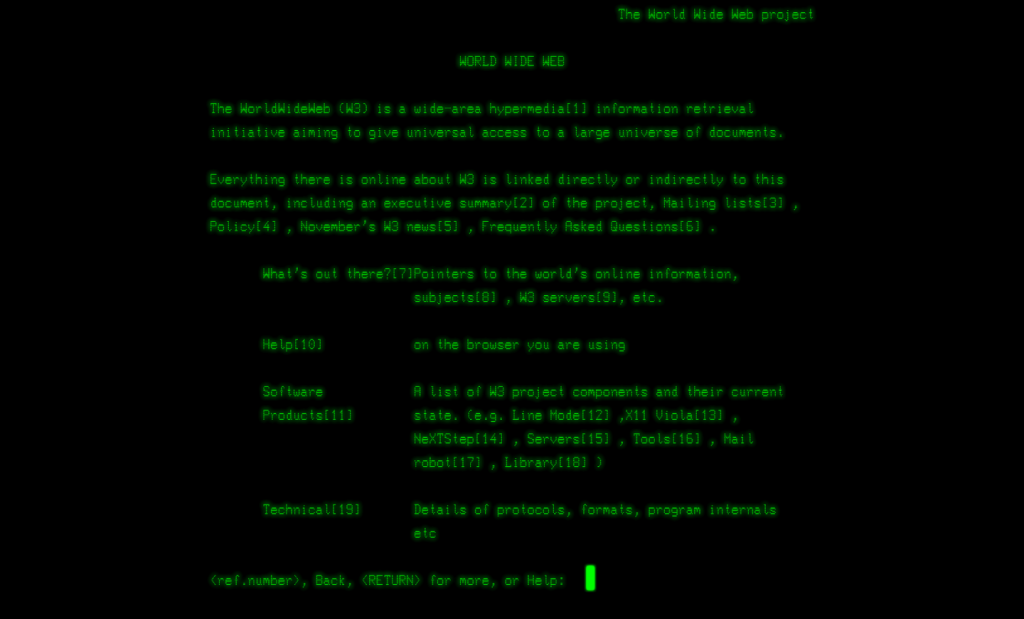WWW: The 30-year anniversary of an invention that changed the world
Thirty years ago, a young computer expert working at CERN Sir Tim Berners-Lee wrote his first proposal for an internet-based hypertext system to link and access information across different computers. His proposal became the World Wide Web.
In November 1990, this “web of information nodes in which the user can browse at will” was formalised as a proposal ”WorldWideWeb: Proposal for a HyperText Project” by Berners-Lee, together with a CERN colleague, Robert Cailliau. By Christmas that year, Berners-Lee had implemented key components, namely html, http and URL, and created the first Web server, browser and editor (see recreated first web page).
In April 1993, CERN released the latest version of the WWW software into the public domain and made it freely available for anyone to use and improve. This decision encouraged the use of the Web: half of the world’s population is online now, and close to 2 billion websites exist.
Openness has been endemic to CERN’s culture ever since its Convention was signed in 1953. CERN promotes the distribution and open sharing of software, technology, publications and data. “The Web’s invention has transformed our world, and continues to show how fundamental research fuels innovation. CERN’s culture of openness was a key factor in the Laboratory’s decision in 1993 to make the web available free to everybody, a key step in its development and subsequent spread,” said CERN Director-General, Fabiola Gianotti.
Further information on the 30th anniversary of Web can be found on dedicated CERN website https://web30.web.cern.ch/.
